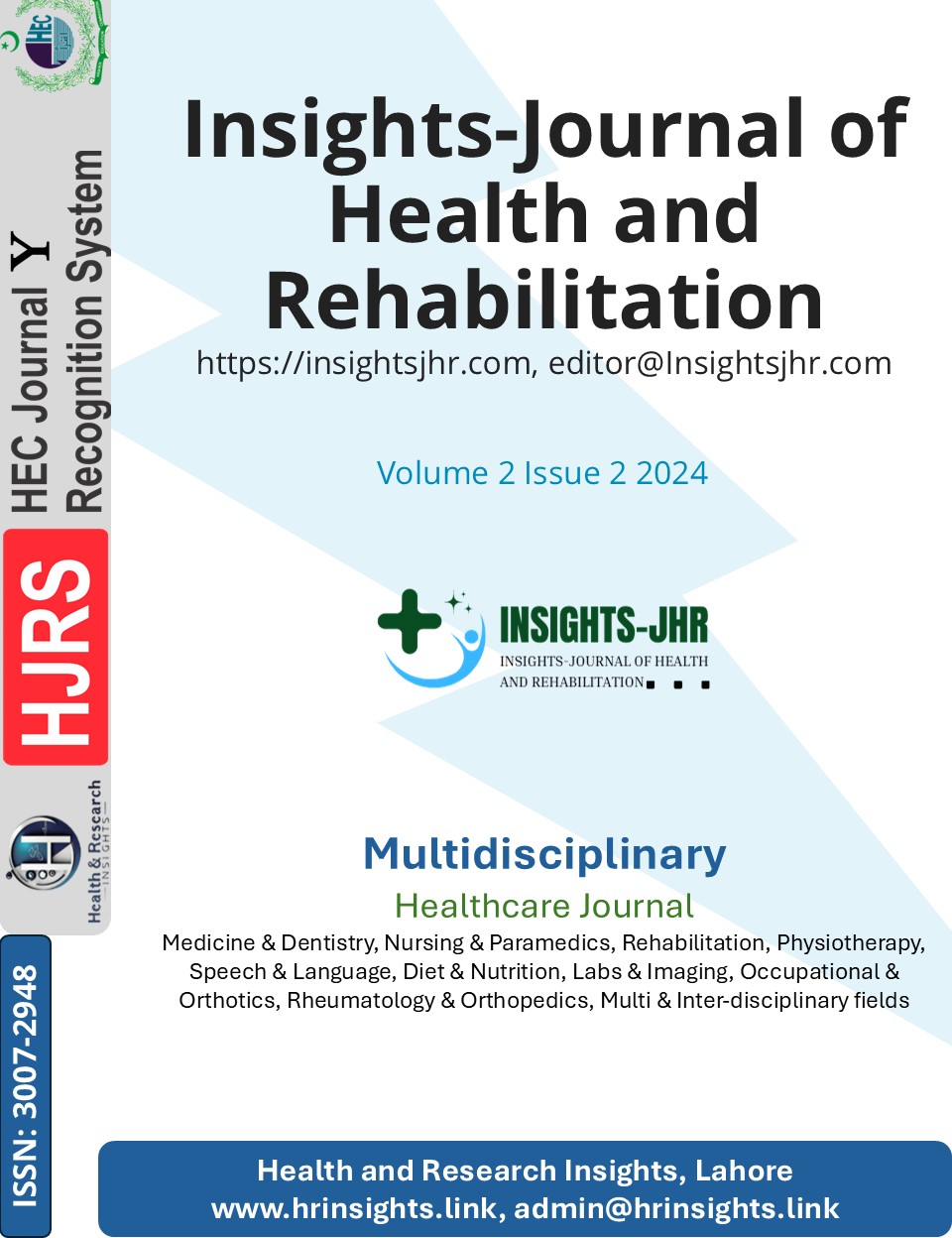CORNEAL ASTIGMATISM BEFORE AND AFTER SURGICAL EXCISION FOR PTERYGIUM
DOI:
https://doi.org/10.71000/ijhr177Keywords:
Astigmatism, Conjunctival Autograft, Corneal Surgery, Ophthalmology, Pterygium, Pterygium Excision, Visual AcuityAbstract
Background: Pterygium, a fibrovascular growth extending onto the corneal surface, is a prevalent ocular condition that disrupts corneal morphology and induces astigmatism, resulting in visual impairment. The etiology is multifactorial, involving ultraviolet radiation, chronic irritation, and genetic predisposition. Surgical excision, particularly with conjunctival autografting, is a widely accepted treatment, aiming to correct induced corneal astigmatism and enhance visual acuity while minimizing recurrence and complications.
Objective: To evaluate the impact of pterygium excision with conjunctival autografting on corneal astigmatism and visual acuity by comparing preoperative and postoperative outcomes.
Methods: A quasi-experimental study was conducted at the Clinical Ophthalmology Unit, Hayatabad Medical Complex, Peshawar, between May 2023 and April 2024. Sixty-eight patients with primary pterygium underwent excision surgery under topical anesthesia, followed by conjunctival autografting. Corneal astigmatism was measured preoperatively and one month postoperatively using automated keratometry. Data collected included demographic details, pre- and postoperative best-corrected visual acuity (BCVA), and postoperative complications. Statistical analysis was performed using SPSS 23.0, with significance set at p ≤ 0.05.
Results: The mean age of participants was 48.6 ± 14.3 years, with a majority being male (90%). Preoperative mean corneal astigmatism was 2.71 ± 1.02 diopters (D), which significantly reduced to 1.25 ± 0.73 D postoperatively (p < 0.001). Postoperative improvement in BCVA was observed in 88.2% of patients, with 64.7% improving by one line and 23.5% by two lines or more. Minimal complications were reported, including mild conjunctival inflammation in three cases, and no recurrences were documented during the one-month follow-up.
Conclusion: Pterygium excision with conjunctival autografting effectively reduces corneal astigmatism, enhances visual acuity, and poses minimal risk of postoperative complications or recurrence. This technique remains a reliable and safe option for the management of primary pterygium.
Published
Issue
Section
License
Copyright (c) 2024 Mohammad Israr, Naz Ullah, Asna Tahir, Samina Karim, Nuzhat , Romaisa , Shehzada (Author)

This work is licensed under a Creative Commons Attribution-NonCommercial-NoDerivatives 4.0 International License.







